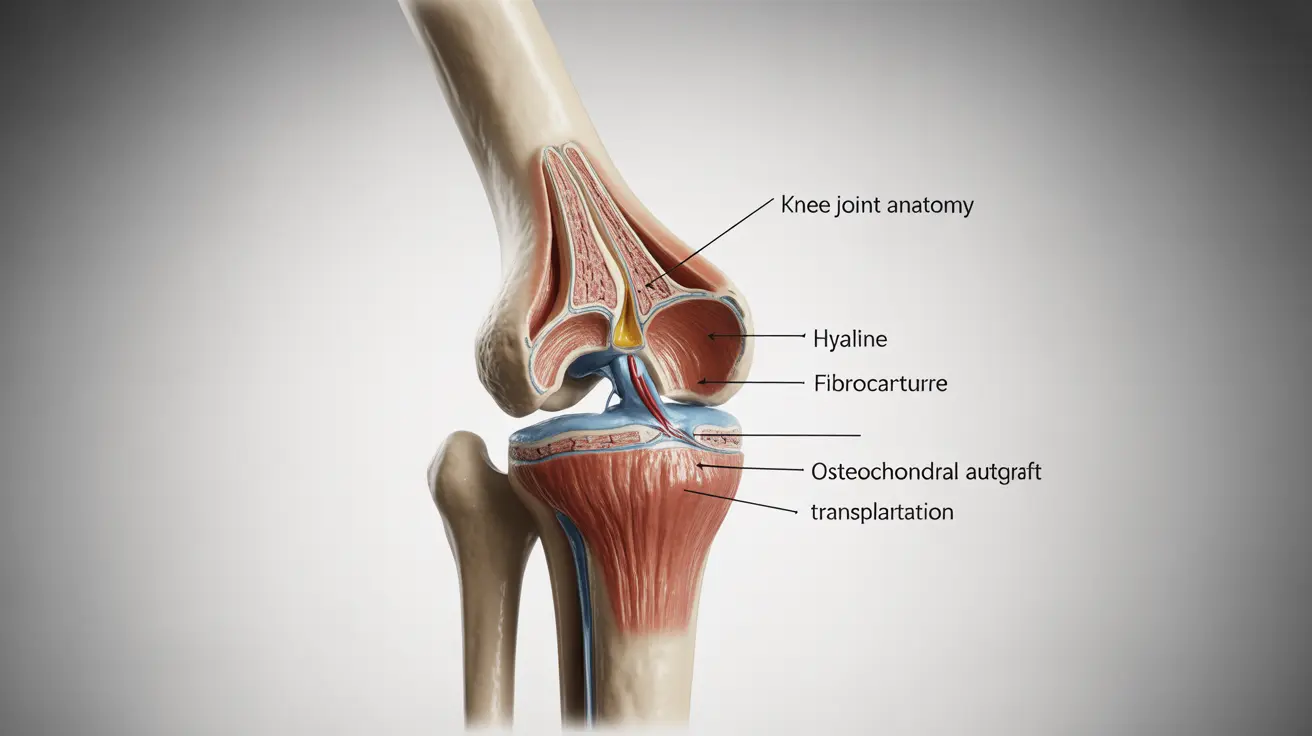Diet profoundly impacts blood test results, affecting key biomarkers such as glucose, lipids, and cholesterol levels. Consuming high-sugar or high-fat foods can elevate blood sugar and lipid levels, potentially skewing test results. Low carbohydrate or ketogenic diets might lower blood glucose and triglyceride levels but elevate cholesterol. To optimize blood test outcomes, incorporate a balanced diet rich in whole grains, lean proteins, healthy fats, and plenty of fruits and vegetables. Adequate hydration is equally vital since dehydration can concentrate blood and affect test accuracy. Fasting as instructed by healthcare providers is crucial for accurate measurements, particularly for tests like fasting glucose or lipid panels. By aligning diet with recommended guidelines, individuals can ensure that their blood test results accurately reflect their health status.
Recommended Tests:




